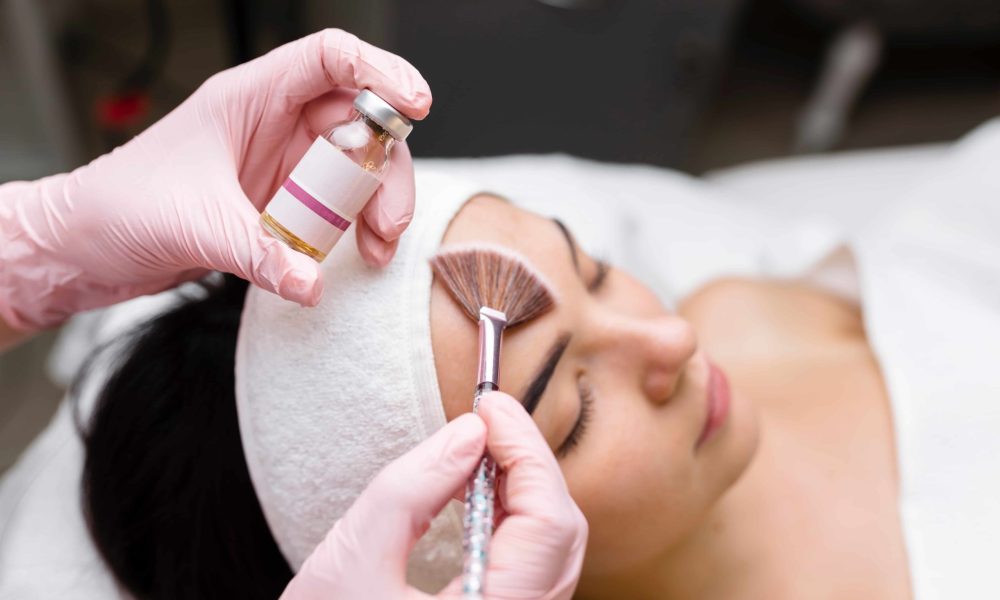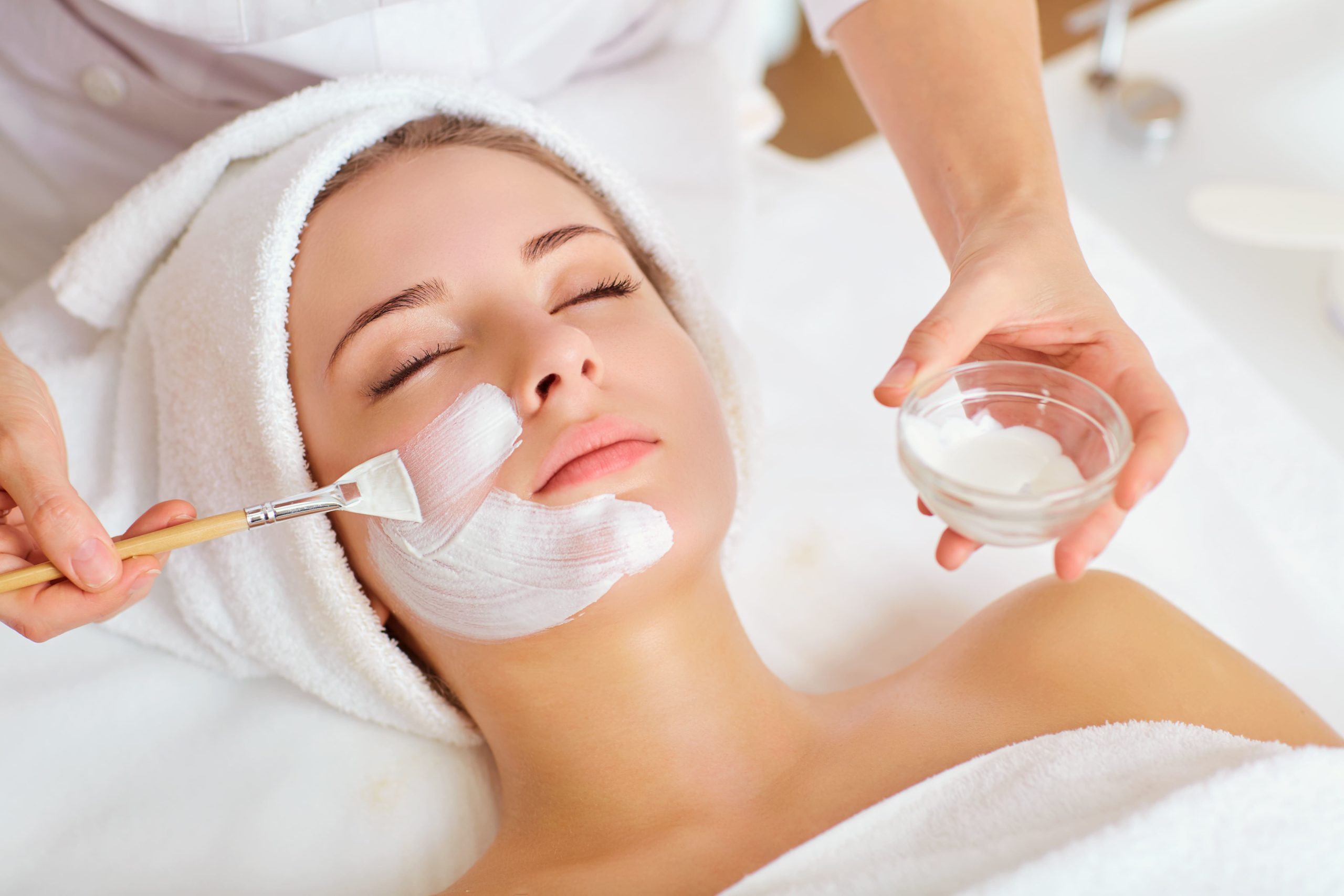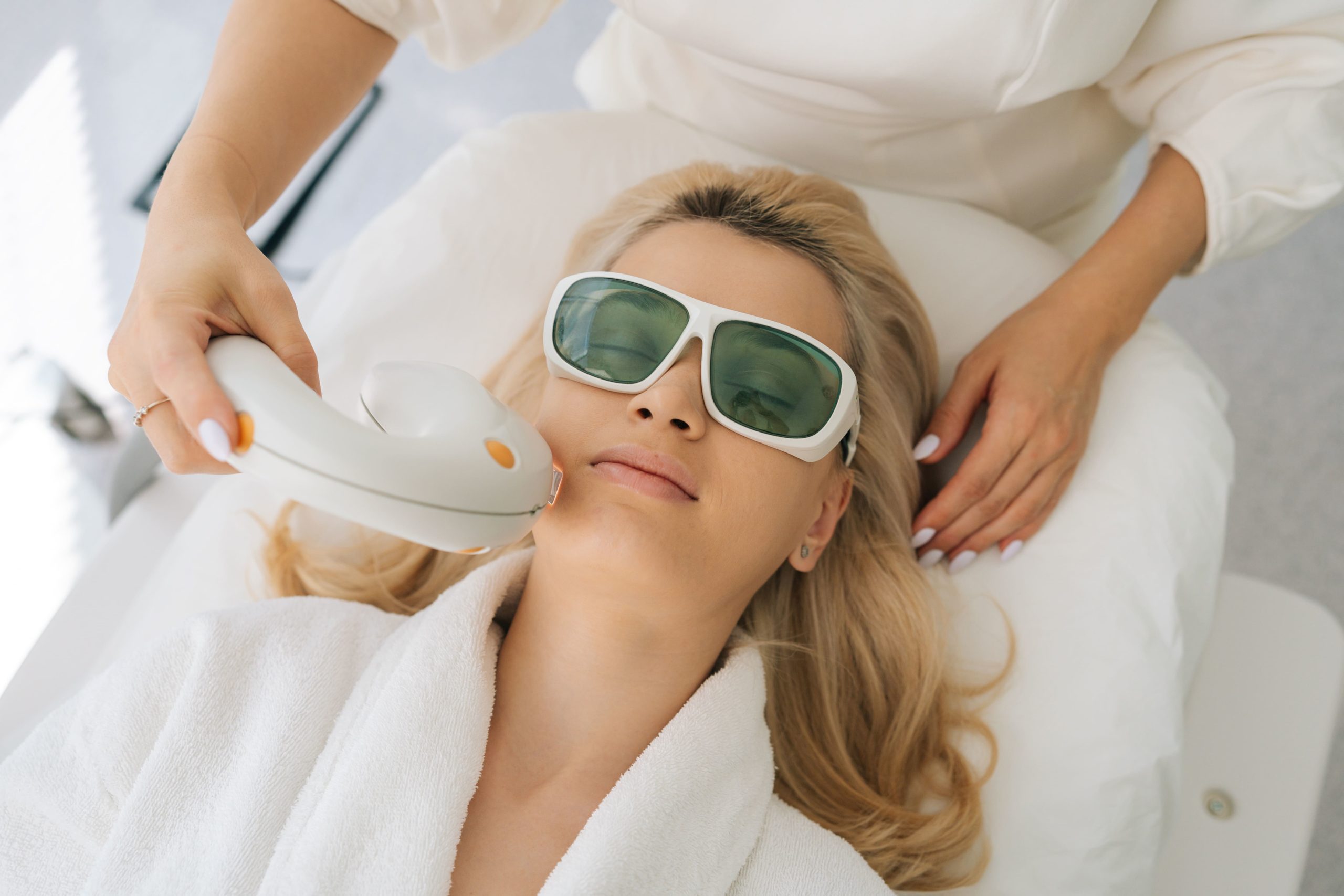TCA Peels are today’s modern approaches to skin rejuvenation. These peels can make your skin work better, along with skincare products. In only minutes, acids lift away dead cells, triggering lovely chain reactions. As the shedding of the topmost layer happens, signals are sent to the living cells below to multiply and move up, to increase collagen production, and to make more hyaluronic acid. Thorough sloughings also offer very immediate upshots: smoother skin that’s more radiant and receptive. Expect your skincare products to perform better after a peel since no dead cells impede their penetration.
Today, let us learn more about TCA Peels, how they work, and the benefits one can get from these peels. Read until the end and discover if TCA Peels can also help your skin concerns.
What are TCA Peels?
A TCA Peel is a non-invasive skin treatment for scarring, discolorations, and wrinkles. These peel treatments get their name from trichloroacetic acid or TCA, which is used to clear away dead skin cells to reveal the newer and smoother skin layers below.
In addition, TCA Peels are also part of chemical peels, a group of skin treatments used for skin exfoliation through different strengths and combinations of nontoxic acid ingredients.
Benefits of TCA Peels
- Superficial TCA Peels cause the skin’s top layer to peel off.
- The medium TCA Peels affect the epidermis and the upper layer of the dermis.
- Deeper TCA Peels use phenol, a chemical agent that you can use for effective facial peels.
- TCA Peels improve the skin’s color, clarity, tone, and texture.
- It also stimulates new collagen and healthy skin cell growth, creating a radiant complexion.
- These peels reduce discoloration caused by sun damage.
How TCA Peels Work
TCA Peels dissolve cells in the skin’s top layer or the epidermis. As the targeted skin peels off through TCA application, new cell growth is encouraged.
Once the skin’s top layer has peeled off, brand-new skin cells become visible. The new layer of skin is often smoother and less affected by “imperfections” such as wrinkles and acne scarring.
TCA Peel Procedure
The TCA Peel treatment itself will take around 30 minutes. Practitioners will instruct you to lie down and be comfortable as your practitioner applies the TCA Peel solution to your skin. Most patients feel burning for the first few minutes of the procedure, followed by the usual stinging pain as the acid begins exfoliating and clearing away the skin’s top layers.
The TCA Peel procedure is done in a single session. Experts may recommend preparing your skin with specific products before a TCA Peel to achieve better results. If you are looking to achieve a particular result, multiple sessions may be required. It would be best if you waited several months between chemical peels to allow your skin to heal fully. Practitioners may also do sedation during the TCA Peel, according to what you and your dermatologist decide.
Common Targeted Areas
Typically, a TCA Peel is applied to your face. You can also use them to improve skin’s smoothness and tone in other areas of your body, such as:
- back
- chest area
- neck
- shoulders
- upper arms
Good Candidates for TCA Peels
Traditional chemical peels can be superficial, medium, or deep in strength. Meanwhile, TCA Peels can be considered medium strength, meaning they should only be applied by a certified skin care professional. The ideal candidate for a TCA Peel:
- work for a job that requires them to be outside
- does not have a skin condition such as eczema, psoriasis, or rosacea
- has no history of keloids or poor wound healing
- is not breastfeeding or pregnant
- will be counseled by the doctor beforehand about realistic expectations of the results
Additionally, people who take acne medication isotretinoin, like Amnesteem, Claravis, and Zenatane, should avoid chemical peels for some time after completing treatment.
TCA Peel Preparations
Before a TCA Peel, you may need to switch up your skin care regimen. Your healthcare provider may instruct you to “prime” or prep the skin in the weeks before TCA Peels. Retinoic acid and sunscreen may be part of the skin priming process.
Skin experts suggest applying sunscreen daily for at least four weeks before any chemical peel. This step can help you achieve an even skin tone after the peel. It would help if you stopped using any skin care products containing retinoids in the three days following your TCA Peel session. Ingredients from retinol can thin the skin layer, making damage from chemical exposure more likely.
Expectations After TCA Peels
After TCA Peel applications, you may notice some changes right away. It could also take three or four (3-4) days to see its full effects progress and develop.
- After the first redness fades from your skin, you’ll notice that your skin begins to feel tight. The affected area will shed the skin exposed to the TCA treatment throughout the next three days. It’s common for skin peeling to come off in patches over several days.
- After peeling, continue applying sunscreen every day. Try avoiding too much exposure to UV light. Also, you may need to change your grooming habits: waxing and sugaring the hair where you have a TCA Peel could injure your skin in the weeks afterward.
- Refrain from scratching your skin or peeling it off with your fingernails. After the skin comes off, the skin found underneath may appear brighter, firmer, smoother, and younger-looking.
- When your skin is peeling during this time frame, wear sunscreen and protect your skin from the sun daily. Wash and cleanse your face with a gentle cleanser to prevent stripping your skin of additional moisture.
- If you like the result, plan another chemical peel in three to nine months.
Potential Risks and Possible Side Effects
There are some risks and side effects of the procedure. Common side effects include:
- changes in skin color
- herpes flare-up if you have the herpes simplex virus
- redness that lasts for several days or even weeks
Moreover, rarely does a TCA Peel cause the following:
- bacterial or fungal infections
- organ damages brought about by chemical exposure
Additionally, you may be at a much higher risk for hyperpigmentation after TCA Peels if you have a darker complexion. Hyperpigmentation instances cause the skin’s layer to get exposed and appear darker or uneven after chemical peels. Talk to your trusted doctor or healthcare provider about specific risks for your skin type before getting a chemical peel.
After your TCA Peel, contact your health provider immediately if you experience excessive redness, swelling in your peel, oozing, blisters, or pus formation on your skin.
The Bottomline
TCA Peels are indeed helpful for skin rejuvenation. Discuss this peel treatment with your doctor or healthcare provider so experts will equip you before you experience TCA Peels.
Are you interested in TCA Peels? Our wonderful friends at The BB Organics Skincare can help you today. Visit them





